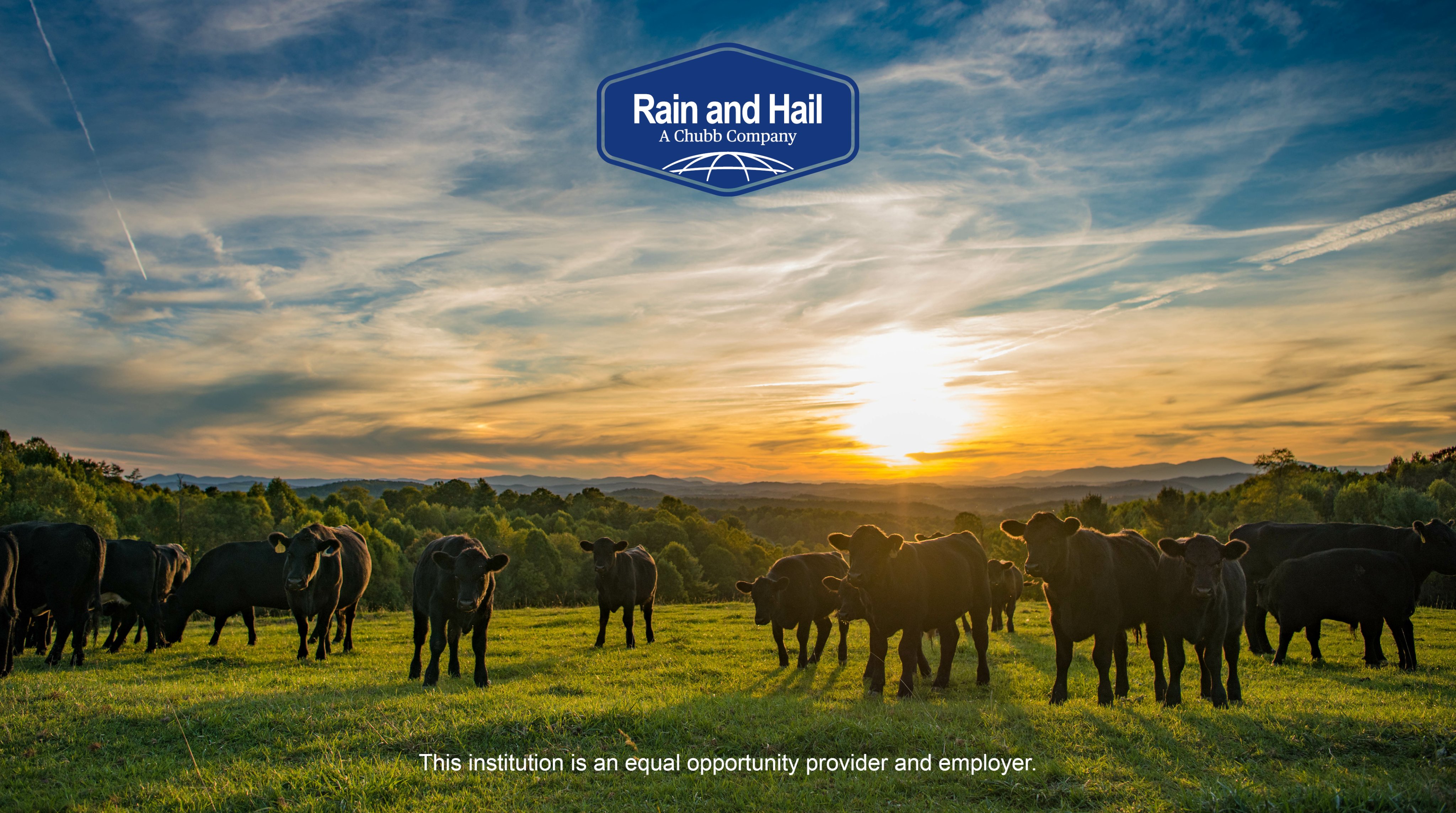Comprehending Livestock Risk Protection (LRP) Insurance: A Comprehensive Guide
Navigating the realm of animals danger security (LRP) insurance can be an intricate venture for numerous in the agricultural sector. This sort of insurance uses a safety and security net versus market fluctuations and unforeseen circumstances that might influence livestock producers. By comprehending the intricacies of LRP insurance, manufacturers can make informed choices that might guard their procedures from financial dangers. From exactly how LRP insurance policy functions to the different insurance coverage choices readily available, there is much to uncover in this extensive guide that might possibly shape the method animals manufacturers come close to danger monitoring in their businesses.

Just How LRP Insurance Coverage Works
Periodically, recognizing the mechanics of Livestock Threat Protection (LRP) insurance policy can be intricate, but breaking down how it works can offer clearness for herdsmans and farmers. LRP insurance policy is a threat monitoring device designed to protect animals producers versus unanticipated cost declines. It's crucial to note that LRP insurance is not an income guarantee; rather, it focuses solely on rate threat defense.
Eligibility and Coverage Options

When it comes to coverage options, LRP insurance offers manufacturers the versatility to select the protection level, coverage duration, and endorsements that ideal match their danger management requirements. By comprehending the eligibility criteria and insurance coverage options available, animals manufacturers can make informed choices to handle risk successfully.
Advantages And Disadvantages of LRP Insurance Coverage
When assessing Animals Danger Protection (LRP) insurance policy, it is crucial for livestock producers to consider the drawbacks and benefits inherent in this risk monitoring tool.

One of the main advantages of LRP insurance policy is its capacity to offer security against a decline in livestock costs. In addition, LRP insurance coverage supplies a degree of flexibility, allowing producers to customize insurance coverage degrees and policy periods to match their particular requirements.
Nonetheless, there are also some drawbacks to consider. One limitation of LRP insurance policy is that it does not secure versus all sorts of risks, such as condition episodes or all-natural catastrophes. In addition, costs can often be expensive, especially for producers with huge animals herds. It is essential for producers to very carefully analyze their specific danger direct exposure and monetary situation to determine if LRP insurance policy is the right threat administration tool for their operation.
Comprehending LRP Insurance Premiums

Tips for Taking Full Advantage Of LRP Benefits
Taking full advantage of the advantages of Animals Danger Security (LRP) insurance requires tactical preparation and proactive threat management - Bagley Risk Management. To take advantage of your LRP protection, take into consideration the following tips:
Regularly Evaluate Market Conditions: Stay informed concerning market trends and cost fluctuations in the animals sector. By keeping track of these elements, you can make informed decisions about when to buy LRP insurance coverage to protect versus prospective losses.
Set Realistic Coverage Levels: When selecting protection levels, consider your production expenses, market price of livestock, and possible risks - Bagley Risk Management. Setting reasonable insurance coverage levels makes certain that you are effectively shielded without Your Domain Name overpaying for unnecessary insurance coverage
Diversify Your Coverage: As opposed to depending exclusively on LRP insurance, consider diversifying your danger administration methods. Integrating LRP with various other threat monitoring devices such as futures agreements or options can provide extensive coverage versus market unpredictabilities.
Review and Readjust Protection Consistently: As market conditions change, occasionally review your LRP coverage to ensure it lines up with your current risk direct exposure. Changing coverage degrees and timing of purchases can assist maximize your danger defense technique. By complying with these suggestions, you can make best use of the benefits of LRP insurance policy and secure your livestock procedure versus unforeseen threats.
Conclusion
In verdict, livestock risk security (LRP) insurance policy This Site is a valuable tool for farmers to manage the monetary risks linked with their animals procedures. By understanding exactly how LRP functions, qualification and coverage options, along with the advantages and disadvantages of this insurance coverage, farmers can make enlightened decisions to shield their incomes. By meticulously considering LRP premiums and carrying out approaches to make best use of benefits, farmers can alleviate possible losses and make certain the sustainability of their operations.
Livestock producers interested in obtaining Animals Risk Protection (LRP) insurance policy can check out a range of eligibility criteria and protection options customized to their details livestock operations.When it comes to coverage options, LRP insurance uses manufacturers the versatility to select the protection degree, protection duration, and endorsements that finest suit their risk management requirements.To understand the complexities of Livestock Risk Protection (LRP) insurance fully, recognizing the elements influencing LRP insurance coverage costs is important. LRP insurance coverage premiums are identified by various elements, including the insurance coverage level chosen, the anticipated rate of animals at the end of the protection duration, the kind of my review here animals being insured, and the size of the protection duration.Testimonial and Change Coverage Routinely: As market conditions alter, periodically assess your LRP coverage to guarantee it lines up with your existing danger direct exposure.